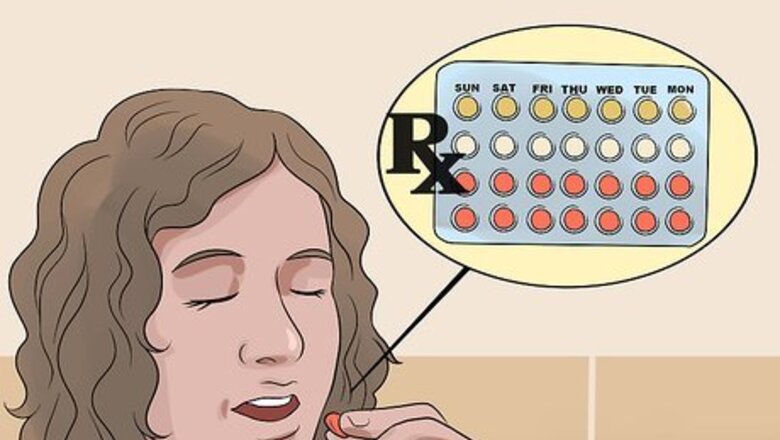
views
X
Trustworthy Source
MedlinePlus
Collection of medical information sourced from the US National Library of Medicine
Go to source
Treating Fibroids with Medication
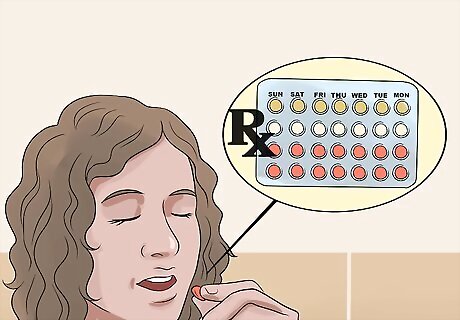
Take contraceptive pills and/or progestational agents. Contraceptive pills and other progestational agents can be used to regulate menstrual cycles and reduce bleeding. These hormonal medications are often prescribed to reduce the symptoms of uterine fibroids. Oral contraceptives will also prevent pregnancy. If the medication does not improve the bleeding after 3-4 months, speak to your doctor. People older than 35 who smoke cigarettes should not use oral contraceptives. Oral contraceptive pills and progestational agents will not have an effect on the size of fibroids. Side-effects can include: spotting between periods, nausea, headaches, breast tenderness, lower sex drive, weight gain, mood changes, and/or skipped periods.
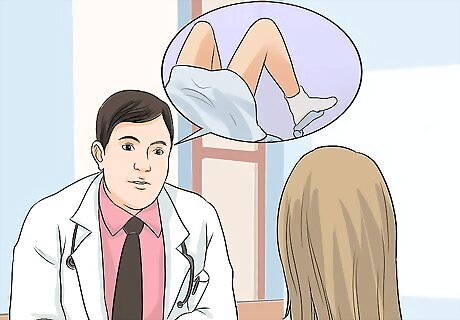
Have a hormonal intrauterine device implanted. A progestin-releasing intrauterine device (IUD) is a small device placed in your uterus. This device prevents heavy periods (or in some cases causes periods to cease), which lessens fibroid symptoms. An IUD also prevents pregnancy. This type of IUD can stay in your body for up to 5 years. IUDs will only treat symptoms of fibroids, not shrink or diminish them. Side-effects can include: heavier menstrual bleeding during the first 2-3 weeks after insertion, breakthrough bleeding, mild back pain, headache, nervousness/anxiety, mild dizziness, nausea, vomiting, bloating, and/or breast tenderness.
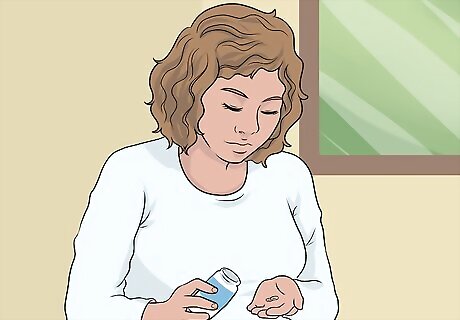
Take tranexamic acid to treat symptoms. Tranexamic acid (also called Lysteda) is a non hormonal medication intended to ease the discomfort of heavy menstrual periods. This medication may help relieve some of the symptoms of uterine fibroids. This medication is usually taken 3 times a day for up to 5 days during your monthly period. You cannot take it for more than 5 days. Side-effects can include: nausea, vomiting, diarrhea, or dizziness.
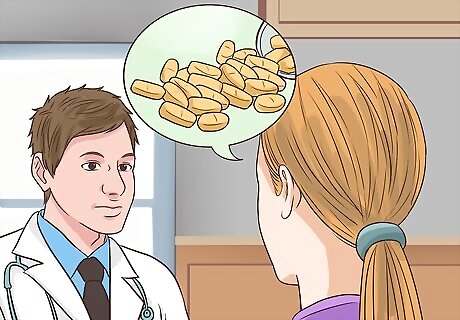
Take GnRH agonist medications. GnRH agonist medications (also called Lupron) cause your body to go into a temporary state of menopause. This pauses your menstruation cycle, and causes fibroids to shrink. After you stop taking this medication, fibroids can grow back. Sometimes this is used to shrink fibroids prior to surgical removal. Side-effects can include hot flashes, depression, insomnia, lower sex drive, and joint pain. In general this medication should be used longer than 6 months. You should not take this medication if there is any chance you might be pregnant. After you stop taking GnRH agonist medications, it can take 2-8 weeks for your menstrual cycle to return.
Removing Fibroids Surgically
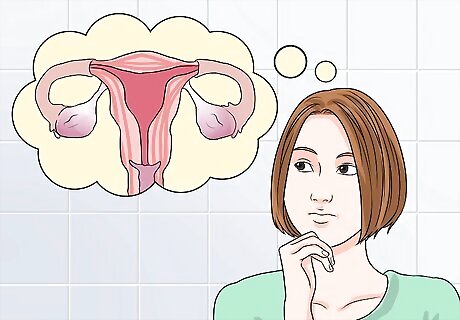
Undergo uterine artery embolization if you want an outpatient procedure. This minimally-invasive procedure involves the injection of small particles (embolic agents) into the arteries that supply the uterus with blood. This cuts off the blood flow to uterine fibroids, causing them to shrink and die off. Uterine artery embolization (UAE) can be very effective in treating painful fibroids. UAE is performed by a radiologist, in a radiology suite rather than an operating room. After the procedure, you must lay in bed for 6 hours. This usually does not require an overnight stay in the hospital. Complications can occur if the blood supply to your ovaries or other organs becomes compromised, though this is rare. Choose this procedure if you do not hope to conceive in the future.
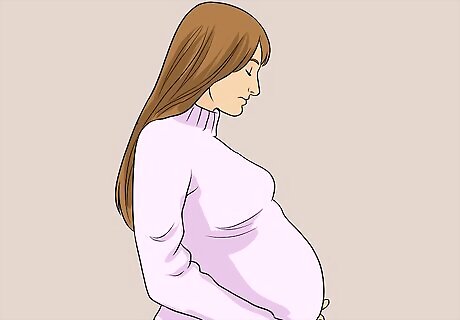
Have a myomectomy if you are trying to get pregnant. Myomectomy is an extremely effective procedure for removing fibroids, particularly in people who hope to conceive. However, many young people are likely to regrow fibroids in their lifetime. People who are postmenopausal are not likely to see fibroids return. There are 3 ways to perform a myomectomy, and these vary in terms of invasiveness. The size and location of your fibroids will help determine which method is right for you. Hysteroscopic myomectomy - For this procedure, your surgeon removes fibroids using instruments inserted through your vagina. This can only be done for submucosal fibroids (fibroids inside the uterus). This is an outpatient procedure and can be done in a couple of hours. Most patients will need 1-4 days at home to recover completely. Laparoscopic myomectomy - This procedure uses instruments inserted through small incisions in your abdomen to remove fibroids. Most patients will stay one night in the hospital, followed by 2-4 weeks recovering at home. Abdominal myomectomy - For this procedure, a small incision is made through the skin on your lower abdomen. Fibroids are removed through this opening. The uterine muscle is sewn back together with several layers of stitches. Most patients will stay for two nights in the hospital, followed by 4-6 weeks recovering at home.
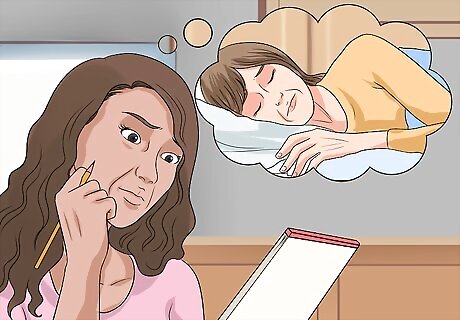
Use myolysis if you want to recovery quickly. Myolysis is a laparoscopic procedure in which a needle is inserted into the fibroids and electric current or freezing is used to destroy the fibroids and shrinks the blood vessels supplying them. Depending on the location of your fibroids, this procedure may use a laparoscope (which requires a small incision) or a hysteroscope (which is inserted into your vagina). Hysteroscopic myolysis can be done in a matter of hours. Laparoscopic myolysis may require an overnight stay in the hospital. Most patients will need 1-4 days to recover at home. Choose this procedure if you do not have immediate plans to get pregnant. Your uterus will need time to recover, but you may be able to conceive in the future.
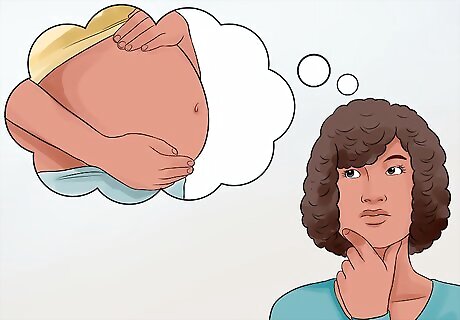
Undergo endometrial ablation if you do not plan to get pregnant. This procedure involves the insertion of a specialized instrument into your uterus. This instrument uses heat and/or electricity to destroy the lining of your uterus. This procedure will either reduce or permanently end your menstrual flow. This procedure can be performed with heat, hot water, microwave energy, or an electric current. Endometrial ablation greatly reduces your ability to have children and increases the likelihood of complications if you should become pregnant. Endometrial ablation is not recommended for patients who still hope to conceive. This is considered an outpatient procedure and can be completed in a few hours. Most patients will need 1-4 days of rest at home to recover.
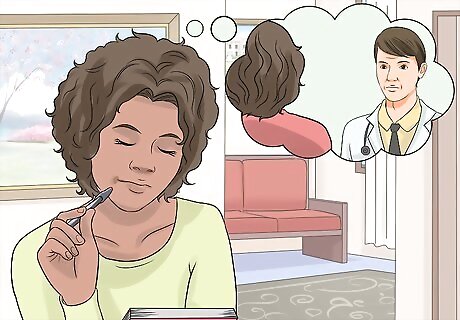
Have a hysterectomy if you are close to menopause. Hysterectomy is a major surgical procedure that involves the removal of the uterus. Hysterectomy is the only way to permanently and completely cure uterine fibroids. This surgery will involve 1-3 days stay in the hospital, as well as 4-6 weeks of recovery time at home. The location of your fibroids, any other reproductive problems you might have, and how close you are to menopause will help you and your doctor determine which type of hysterectomy is right for you. These include: Subtotal hysterectomy (partial hysterectomy) - In this procedure, only the upper part of the uterus is removed. This is ideal if you are still a long way from menopause. Total hysterectomy - In this procedure, the entire uterus and the cervix are removed. In some cases, the ovaries and fallopian tubes are removed, as well. Radical hysterectomy - This procedure involves the removal of the uterus, the tissue on both sides of the cervix, and the upper part of the vagina.
Diagnosing Uterine Fibroids
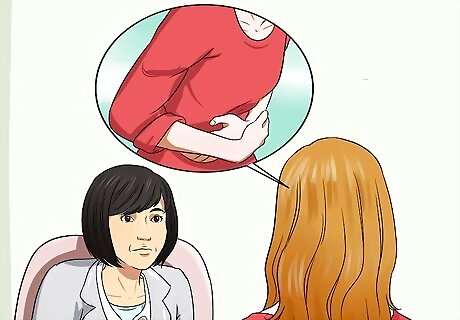
Recognize symptoms of fibroids. For many people, fibroids will not cause any symptoms. Fibroids are often discovered during a routine pelvic exam. Unfortunately, in people who do experience fibroid symptoms, these can be painful. Symptoms of uterine fibroids include: Heavy bleeding and painful periods Feeling of fullness or pressure in the pelvic area Swelling of the lower abdomen Frequent urination Pain during intercourse Pain in the lower back Complications during pregnancy Reproductive problems, including infertility (which is extremely rare)
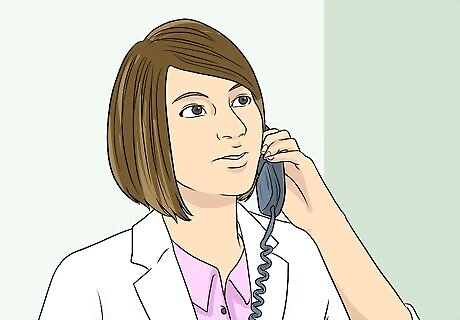
Make an appointment with your doctor. If you are experiencing some or all of these symptoms, you should consult a physician. Visit your regular doctor or see a gynecologist. Before your visit: Make a list of your symptoms. Include anything that is bothering you, even if you’re not sure it’s related. Make a list of any medications and supplements you take. Write down your dosages. Take something to write on. You may want to note important information during your visit. If possible, ask a friend or family member to go with you.
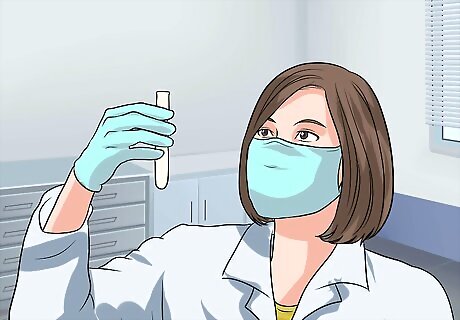
Undergo some tests. In order to diagnose uterine fibroids, your doctor will need to perform some tests. Most larger fibroids can be diagnosed with a pelvic exam, while some blood tests (such as complete blood count) can help to rule out other conditions. Ultrasounds and MRI are sometimes performed, but not always. Hysterosonography (uterine sonogram) and hysteroscopy (uterine scope) are pretty rare, but may be used to diagnose fibroids that are small or difficult to feel during a routine exam.
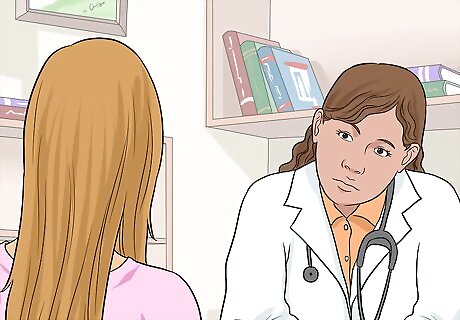
Ask questions to understand your condition and treatment options. If you are diagnosed with uterine fibroids, make sure that you fully understand what is going on with your body. Talk to your doctor so that you understand your options for treatment. You might ask: ”How many fibroids do I have?” ”How big are my fibroids?” ”Where are my fibroids located?” (They could be on the outer surface, the inner surface, or in the uterine wall.) ”Do you think my fibroids will continue to grow?” and “How will I know if they grow larger?” ”What health problems can my fibroids cause?” ”Should I have regular tests to monitor my fibroids?” and if so, “What tests?” ”What are my treatment options?” ”What is your recommended treatment plan?”




















Comments
0 comment